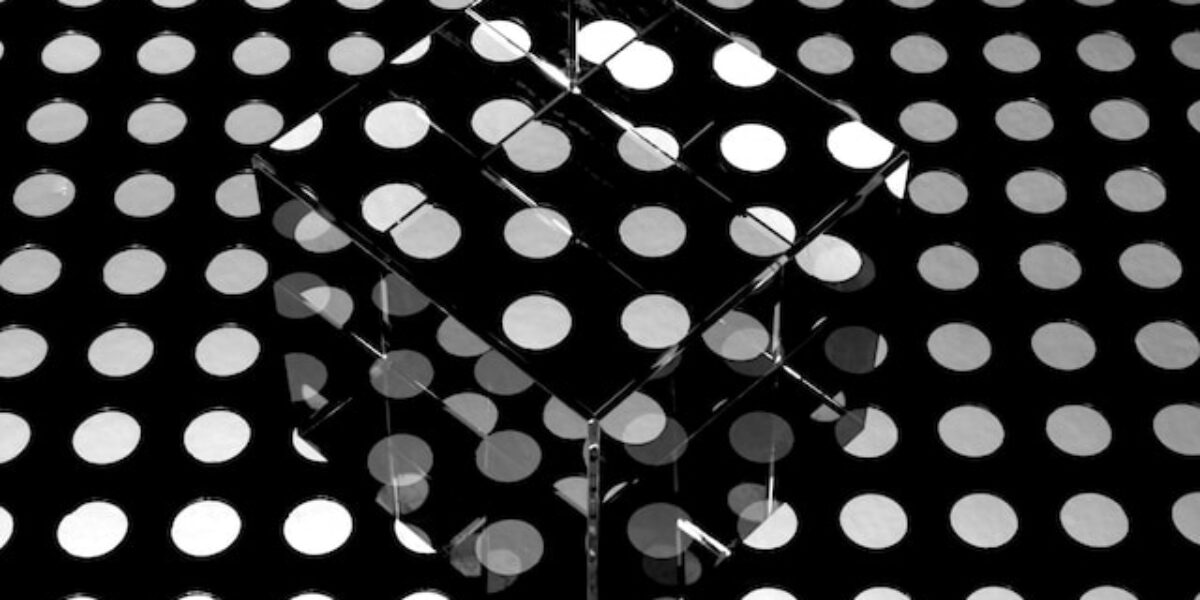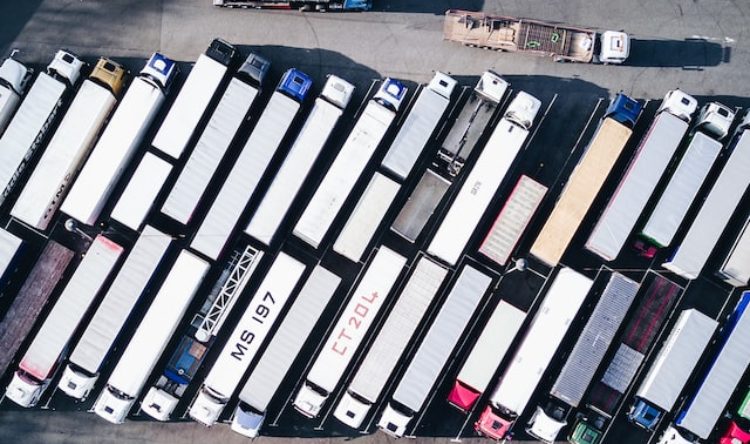Pursuing patterns
Picturing potential life saving evidence from connected vehicles
An update of the RAC Foundation report “Driven by information’ has outlined several ‘valuable applications’ of data collected by cars and other vehicles.
Data collected from connected vehicles can be used to help identify dangerous stretches of road. This could be developed to improved rad design, signage and infrastructure to reduce deaths and serious injuries from crash hotspots, or even potentially dangerous roads before incidents occur.
Clearer pictures
There are many applications for the information identified by a new report for the RAC Foundation.
Trials are already being run where connected vehicles generate data about extreme driving manoeuvres – such as harsh braking. These are accurately geolocated to particular points on the road network and can be fed to road safety teams and designer .
Highway engineers have the potential to look at locations where there are early indications of emergency manoeuvres and identify the cause.
This could be a hidden junction, regularly queueing traffic or even a damaged road surface. they may also identify the needs for different speed limit and warning signs to give motorists more information on approaches.
Crucially, according to the report, resources could then be targeted on maintaining the road or changing its layout before a serious crash occurs.
Connecting the dots
This report identifies of how information collected by connected vehicles could be used is one of several highlighted in the research.
Other illustrative applications include:
- In-Vehicle Signing (IVS), displaying road signs and warnings to the driver inside the vehicle
- Green Light Optimal Speed Advisory (GLOSA), which tells drivers how to adopt driving to pass through the next traffic lights on green
- Using eCall data from cars and vans to rapidly identify stopped and crashed vehicles from their airbag activations
- Using vehicle-generated data to improve traffic light timings;
- Using vehicle-generated data to improve road maintenance planning; and
- Using real-time traction data to identify slippery roads in winter so they can be treated
Spoonful of medicine
“Few people would disagree that prevention is better than cure, ” states Steve Gooding, director of the RAC Foundation. “The road safety world has long wanted to know more about the cause and locations of the near misses which could point to places where a serious crash is just waiting to happen in time to do something about it.
“Connected vehicles can change that. They are routinely generating data, access to which could identify those sites where drivers, and indeed cyclists, might be forced to brake harshly or steer violently because the road layout is throwing up unexpected and dangerous situations.
“When this pattern of behaviour is seen repeatedly at certain locations it means highways authorities can check whether they need to change road layouts or manage risk – by changing the speed limit for example – before someone gets hurt.
“The possibilities thrown up by connected vehicles go far beyond road safety, but while many individual local authorities are exploring options it must be for government to take the lead nationally if we are ever to move beyond showcase pathfinder projects to widespread, or universal, application.”






